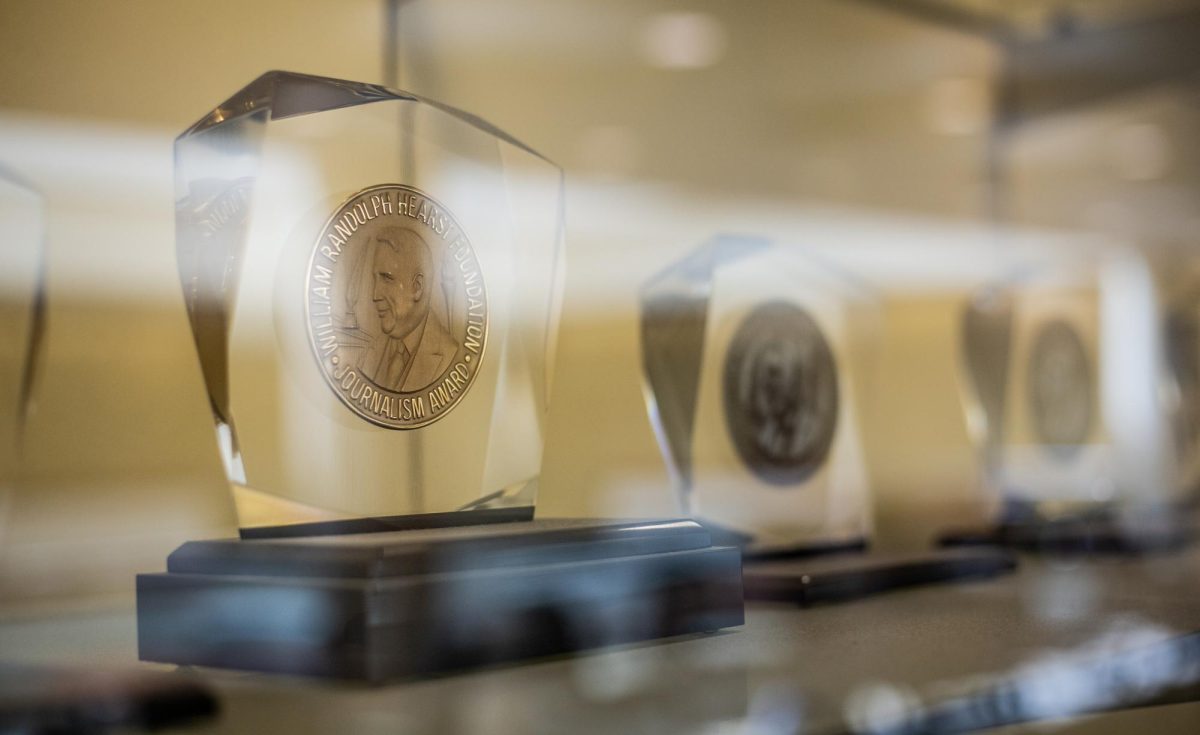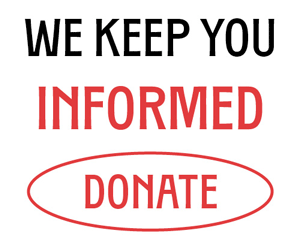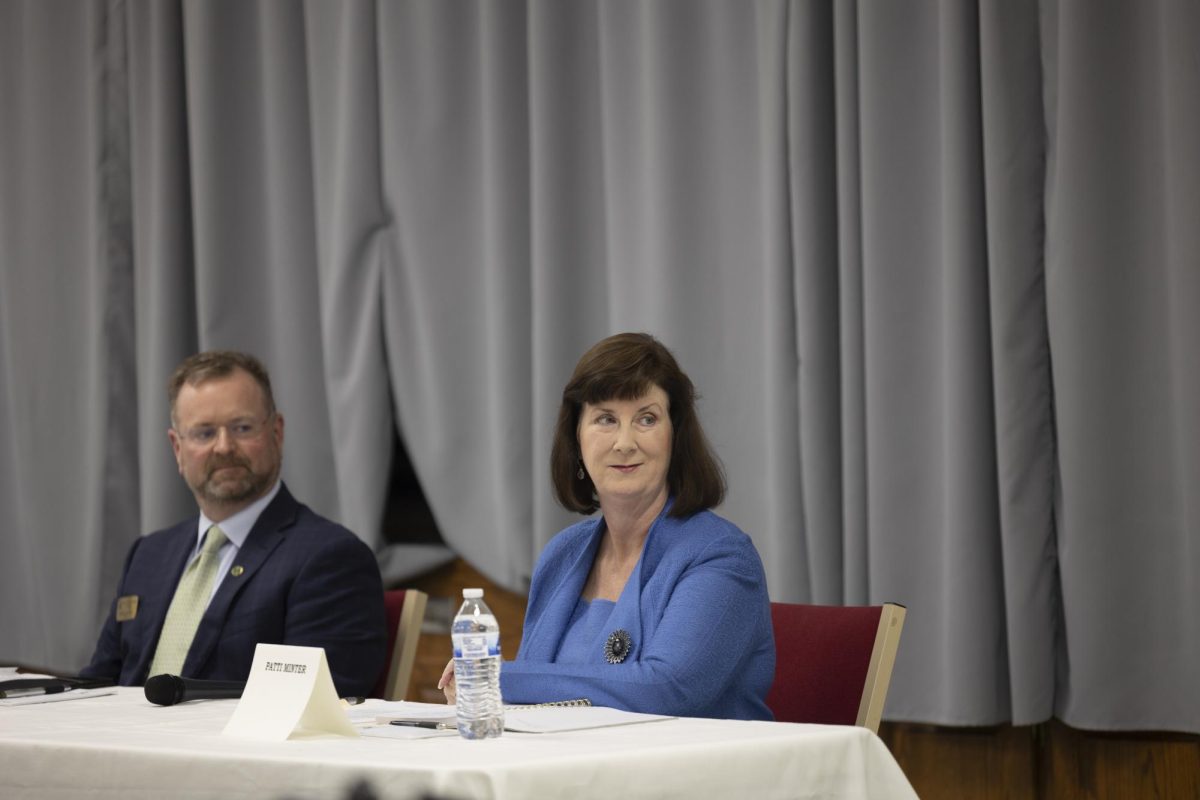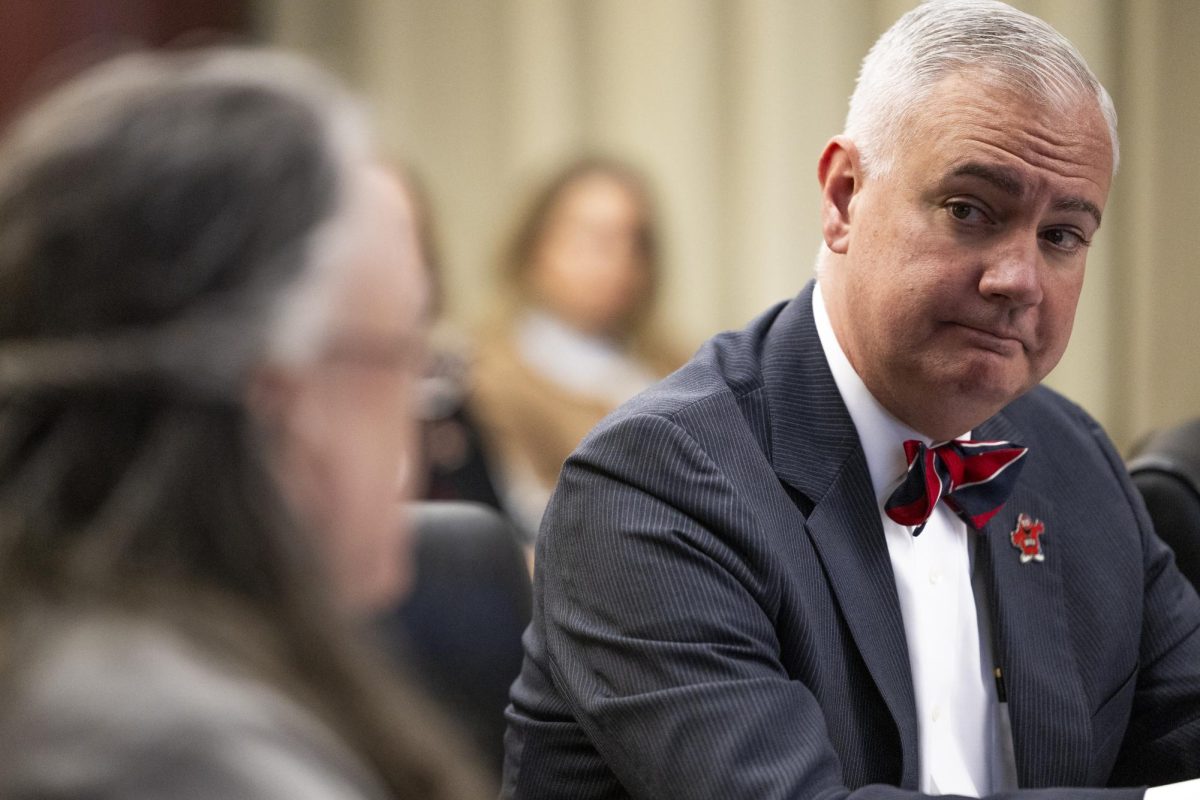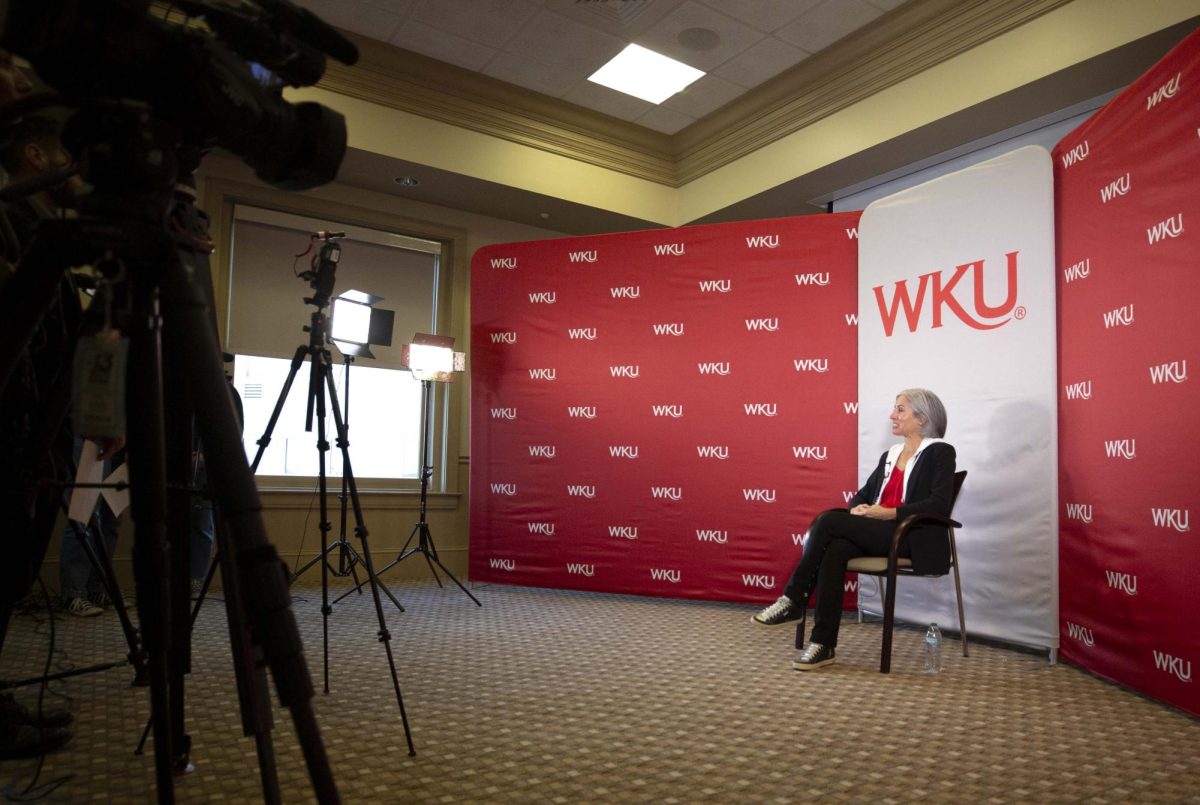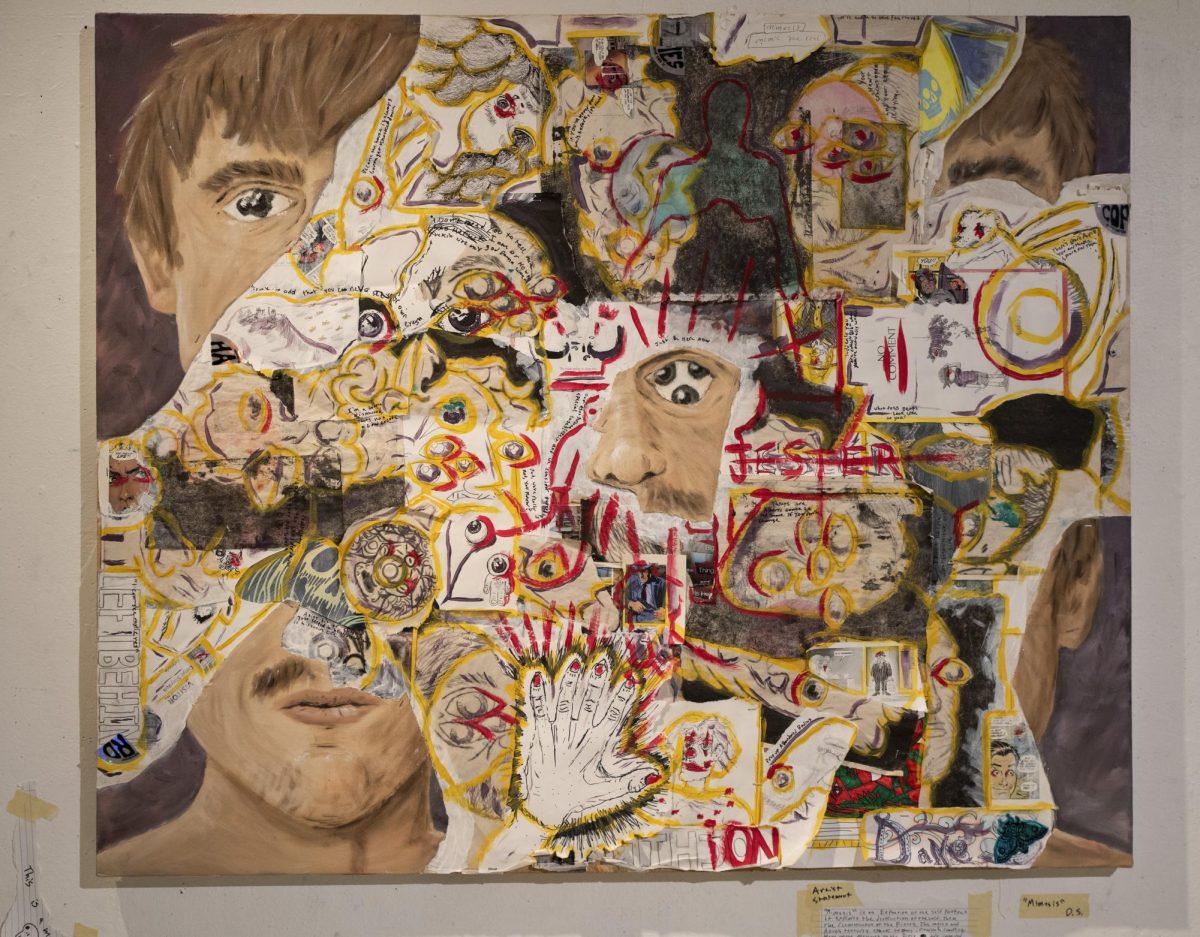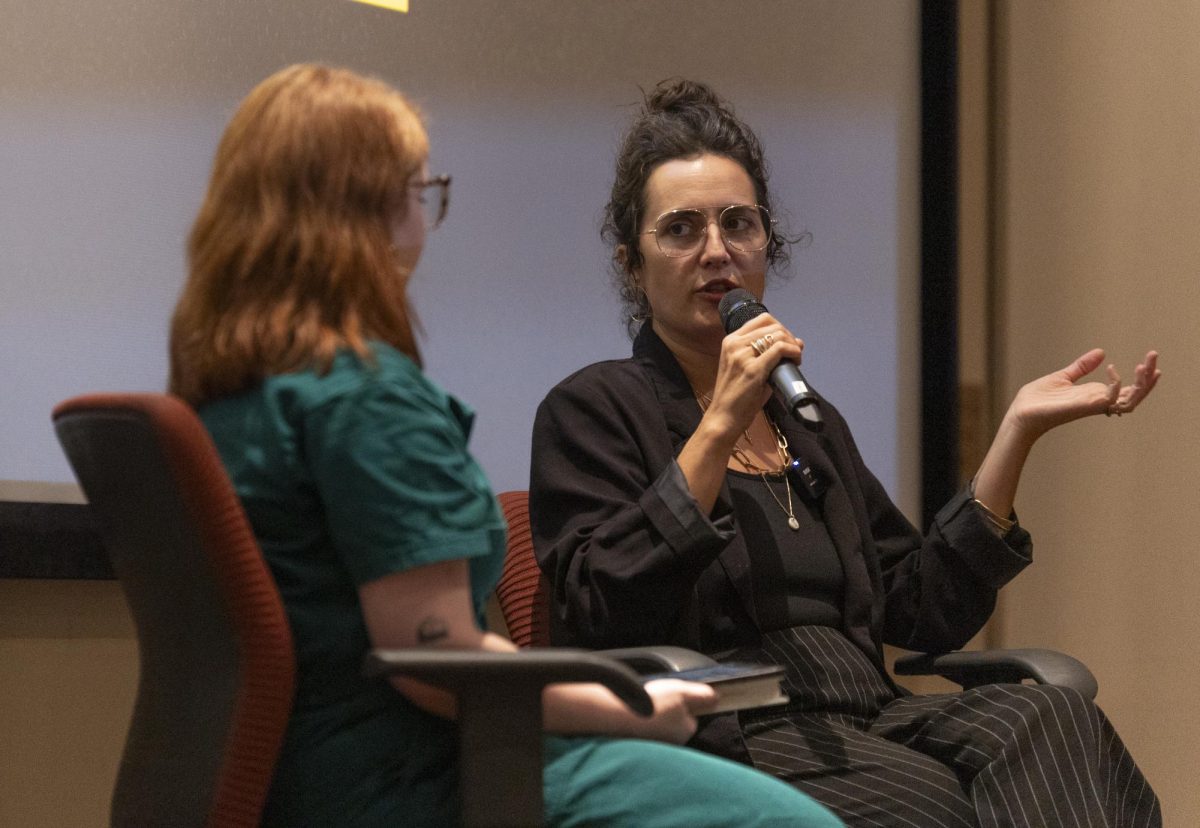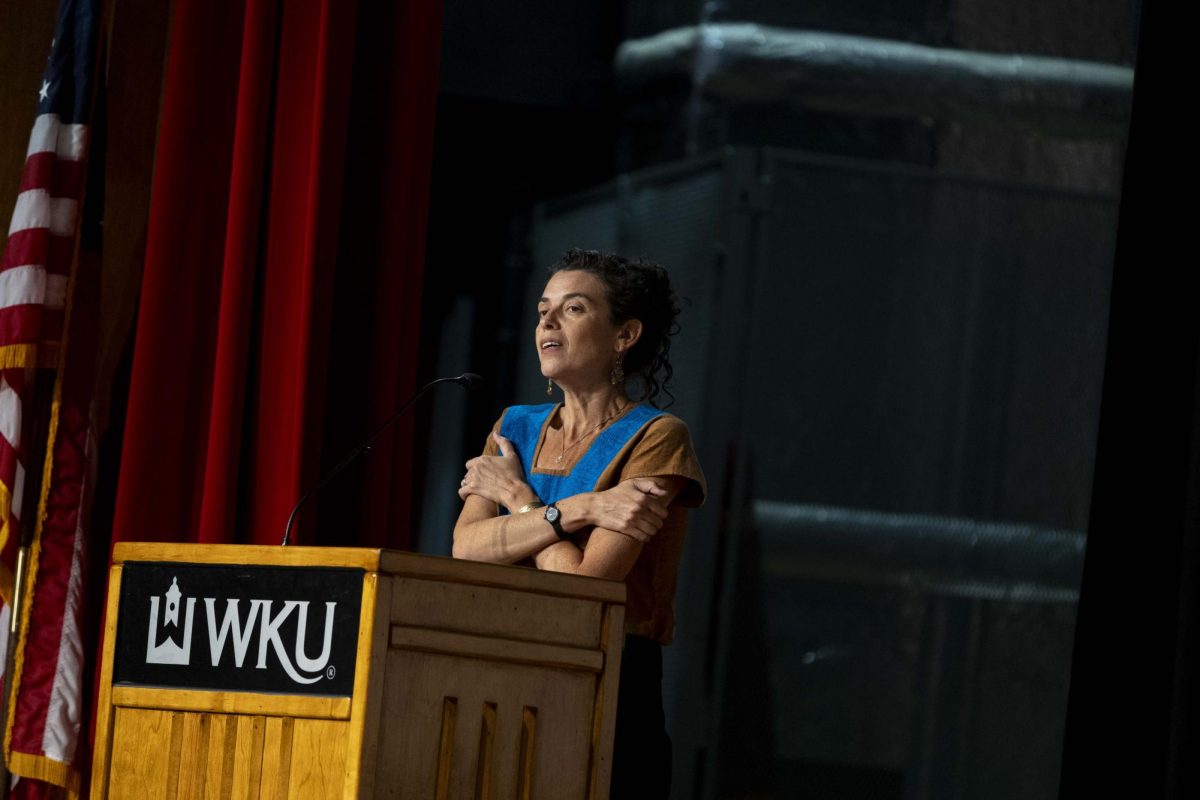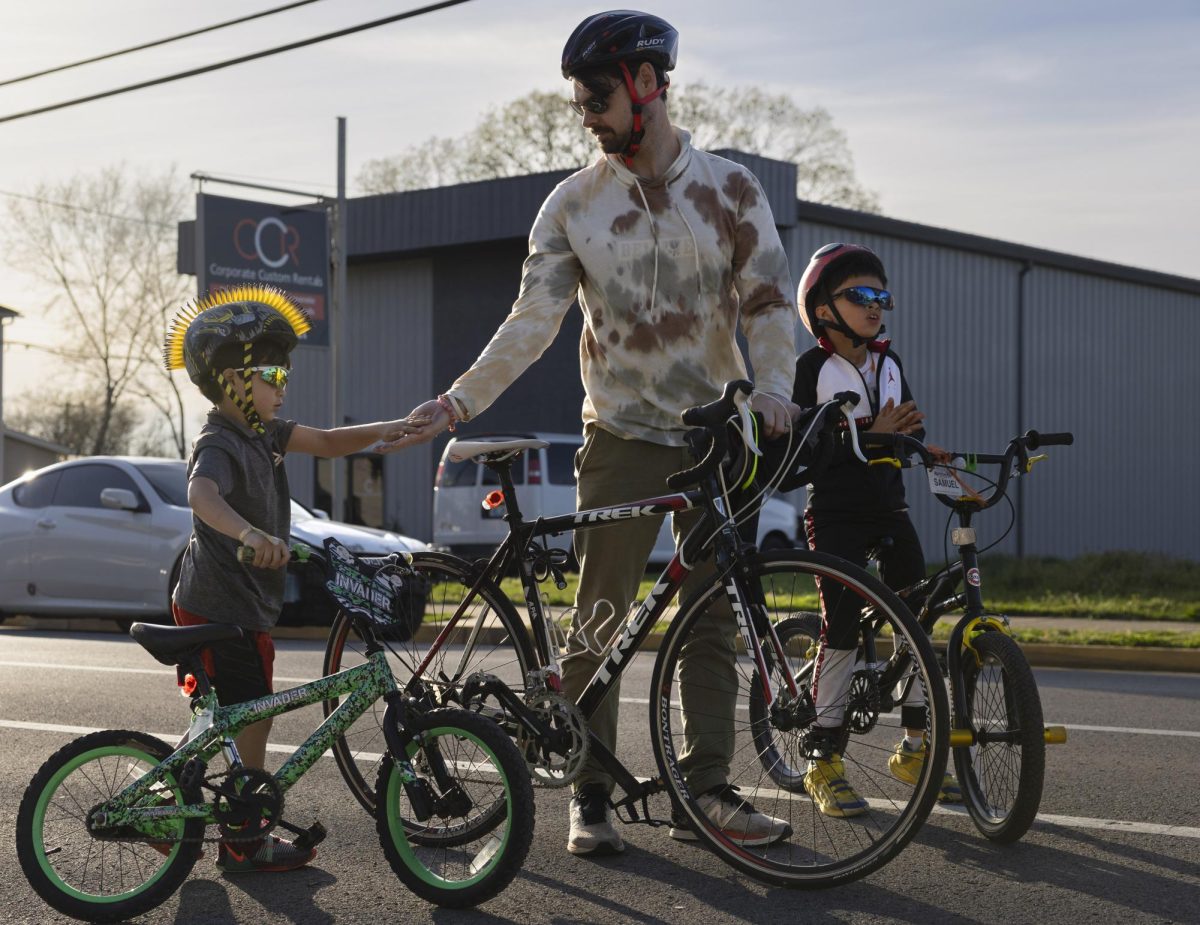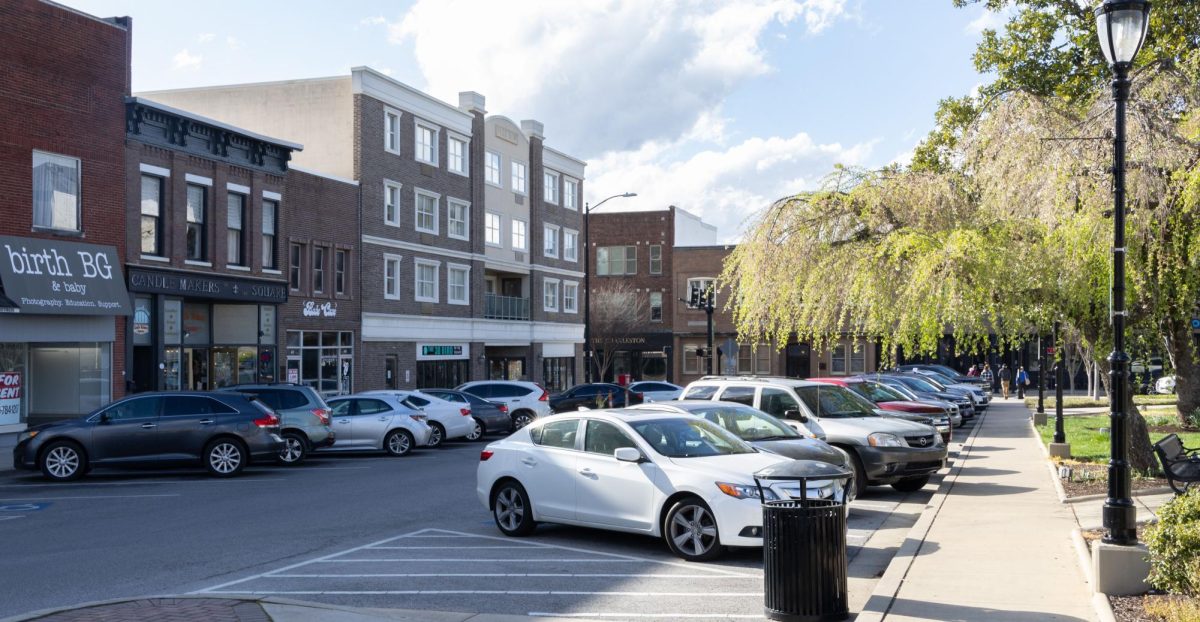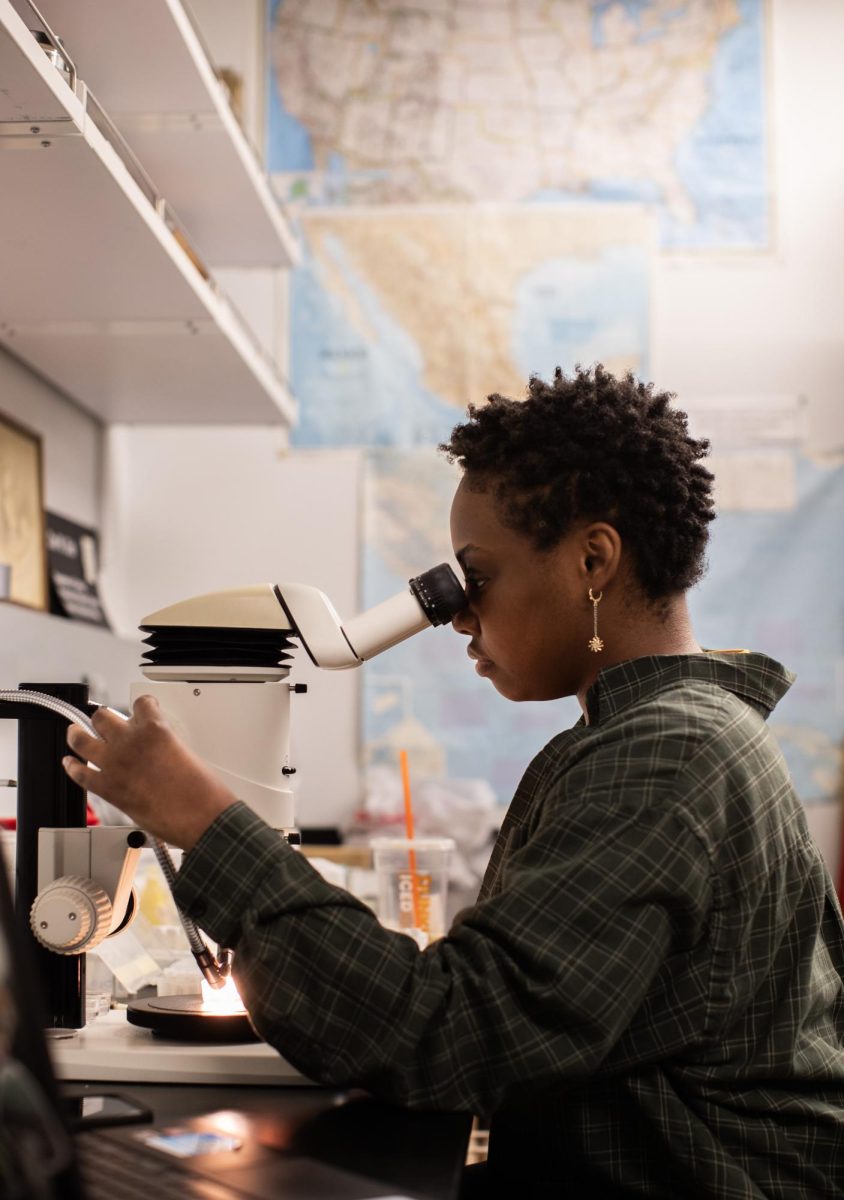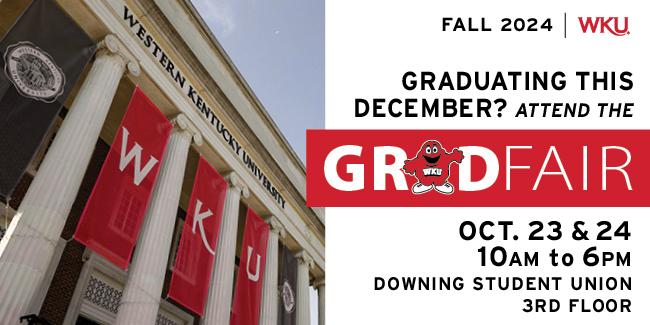WKU’s renowned photojournalism program in the School of Media & Communication will undergo a change as it adds a new track, renaming itself to Visual Journalism and Photography, while dropping the photojournalism minor.
Currently, there are 25 photojournalism majors in the already existing program, with 20 seeking admission into the new Photojournalism and Photography program, Angie Jerome, assistant director of the School of Media & Communication, said.
The fact book for the Potter College of Arts and Letters estimated that the School of Media had seen a decline in enrollments, dropping from 568 in 2017 to 404 in 2021. Photojournalism in particular saw a decline from 40 enrollments in 2017 to 29 in 2021.
This year, the school merged with the former Department of Communication to become the School of Media & Communication.
The photojournalism program has received numerous awards. Students have won the William Randolph Hearst Award’s national photojournalism championship 19 out of 21 years, as well as the Hearst Intercollegiate Photojournalism Championship for 29 of the 34 years it has run, and several more, said James Kenney, the coordinator of the photojournalism program.
“Awards are a very visible sign of the success of the program, and I’m not complaining about that,” Kenney said. “… But in the end, a small percentage of our students win awards every year, but a large percent of them are being successful in their own way.”
Kenney said the purpose of the change is intended for those interested in photography as a major, without the journalism aspect.
“They could pursue that track, and then we have our existing track,” Kenney said. “We changed the name only to reflect more accurately what we’ve been doing in that track, which is photojournalism and documentary.”
By having the two tracks, and by renaming the existing track, Kenney said he hopes this allows for more opportunities and flexibility for students, providing two majors for those interested in photography.
“It’s hard for us to let go of photojournalism as our overall name, because it’s been such a standard throughout our whole history,” Kenney said. “We felt like Visual Journalism was more reflective of the fact that photojournalism is viewed as being in a narrower form in terms of newspaper photography … Visual journalism covers both still photography and our short documentary video, and we added photography to the overall name too to identify the fact that we are offering this other track now.”
Kenney said it was “time for an update,” with the school and university looking at ways to attract students into the program to increase enrollment.
“We are satisfied with what we’ve been doing, but we saw the potential of reaching out and reaching students who are interested in visuals beyond journalism visuals,” Kenney said.
Tim Broekema, a professor in the photojournalism program, said they are not changing a great deal, but updating the program.
“I think it’s a great move,” Broekema said. “We’re serving our potential students with more options and flexibility, and keeping the program active and what it’s been doing for the past 30 years.”
Broekema said the changing of the name does not change their goal to help keep journalism alive, despite students being told that “journalism is dead.”
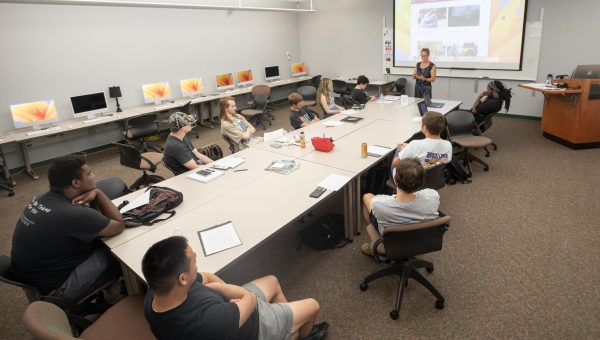
“But then, where are they getting their news from?” Broekema said. “… It still comes from a source, it just doesn’t get dreamed up out of the air, at least, that’s what we hope it doesn’t do.”
Before the change, alumni was sent a survey to allow them to state their thoughts and opinions to work with the dean of Potter College to improve the declining enrollment, Broekema said.
“We had a decent response rate,” Broekema said. “It was around half of all alums from the past 10 years that responded … We had (about) 99% of the people that responded agreed the name photojournalism is not helping in our enrollment.”
Broekema said the decline in enrollment is not exclusive to the photojournalism program, as there are declining enrollment rates across campus and in other universities nationwide. Undergraduate enrollment at the university declined from 20,267 in 2017 to 16,750 in 2021, according to the WKU fact book.
“This isn’t unique to Western’s photo program,” Broekema said.
Alyssa Pointer, a freelance photojournalist based out of Atlanta, graduated from the program in 2016, and was the only one in her graduating class who wanted to go into newspaper photojournalism.
“It was a great program,” Pointer said. “I think that I was lucky enough that my first two professors were traveling professors … I got a lot of hands-on, real world experience, which was really great. I learned a lot about visual storytelling and I feel strongly that I am able to translate that from editorial work to anything in life.”
Pointer said she had been drawn to photojournalism through a National Geographic video, being “enamored” by those in the video.
“I don’t have a problem with them opening up photography to non-photojournalism students,” Pointer said. “I think it’s a great opportunity for anyone to learn from the professors that are there.”
Pointer said she believes that the power of photojournalism has been lessened by the impact of phone cameras, and everyone “being their own journalist,” but that the ethics of the program are still important, and need to be learned.
“A lot of people now are photographers that can do photojournalism because they can take a picture, but that doesn’t necessarily mean they understand what it actually means to be in this role,” Pointer said. “I don’t want them to get rid of the program, because it’s important to understand ethics, and it’s important to understand the decisions you make.”
By learning these ethics in a renowned photojournalism school, Pointer said she was then able to have an advantage when it came to getting freelance positions.
“You don’t have to be a staff newspaper photojournalist to use what you learned in those programs to translate over into (something like) corporate visual storytelling,” Pointer said. “… I think that was very useful for me.”
With the ever-growing prominence of artificial intelligence programs like ChatGPT, the photojournalism program will also work to address such concerns, such as programs that could produce any type of photo, Broekema said.
“It’s a technology that is available and can be used,” Broekema said. “Like when Photoshop first came out in the mid to late 90s, it was considered a threat to journalism. It was considered a threat to visual storytelling, and Western’s photojournalism program dealt with it then with electronic picture editing classes, and we’ll deal with AI no differently than we have with any other technology that comes along.”
Broekema said there are currently no plans to create a class that specifically addresses artificial intelligence, but that it would be discussed in ethics discussions.
In addition to changes at the top of the program, the photojournalism minor will be suspended, with students currently in the minor track able to finish classes as they are phased out in order to “keep things streamlined,” Kenney said.
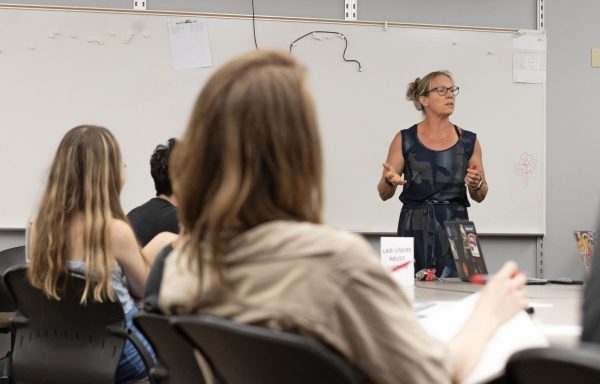
“The new (photography) track is taking the (minor’s) place, per se, because the track is a major, it’s 36 hours, and our minor is 21 hours,” Kenney said. “This track offers, in a sense, what we have in the minor and more. And so, we felt like it was important to keep things streamlined.”
Kenney said a part of the change is to offer as much as possible, to students both in the already existing photojournalism community and the broader university community who have interest in visuals outside of a journalistic aspect.
“We’re not going to (increase enrollment) at the expense of quality, and we’re not going to stop doing what we’ve been doing,” Kenney said. “This is definitely a factor of addition, not subtraction, when it comes to our goals.”
Outside of journalism, photography majors could apply their skills to a broad range of fields, including the commercial photography market, in public relations and advertising firms, Kenney said.
“We’ve never been about preparing students to work for a particular organization,” Kenney said. “… Our goal, in the end, is to teach and inspire our students to be great storytellers, and that can happen in a lot of different areas in visuals.”
Broekema said that the minor and the new major were too similar, and would have seen several overlapping classes.
“One would be stealing from the other, and vice versa,” Broekema said. “We had to make a choice, and we made the choice that a lesser-hour major is better for the individual who wants to really consider doing something with this minor/major.”
Broekema said that for the major to be successful with this new track, the minor would “have to go.”
Kenney said several graduates have been able to take skills learned in the program, specifically concerning working with people, making connections, and telling stories, managing to go beyond photojournalism.
One alumnus of the photojournalism program is William DeShazer, a freelance commercial and editorial photographer operating out of Nashville, who graduated in 2007.
“(The photojournalism program) personally changed my life,” DeShazer said. “I had no idea what I wanted to be when I went to college … Long story short, I was kind of like a punk skater kid in a band, and never really tried hard in high school, barely got into college. And I went to the University of Louisville and actually tried, and got all A’s and B’s.”
During his time in high school, DeShazer discovered his love of photography, and after attending the University of Louisville, he discovered the program at WKU.
“I got to compete in Hearst in 2005, and I won the Hearst competition for Western for photojournalism,” DeShazer said.
DeShazer had the opportunity to have four internships during his time at the university, and went on to be a staffer at the Chicago Tribune before becoming a freelancer for The New York Times, and has been in that position for 10 years.
DeShazer said he was drawn to photojournalism through its ability to create something and tell stories, while being able to “make a difference in the world.”
In regards to the changes the program is planning to implement, DeShazer said that it is a “smart decision,” having seen such a change in his workplace when he was laid off from his newspaper job in 2014.
“I think (broadening photography appeal) is a good decision because more and more people are doing that, for a company or doing that for self-employment,” DeShazer said. “I see that as a needed change, and it’s sad because that program meant the world to me, but I think it’s a sign of the times, and I think it’s the right thing to do.”
DeShazer said that the loss of the minor is a shame, with more people being able to become content creators. But, he said he is happy students in the minor are still able to fulfill their desired minor.
“It’s a great program and I wouldn’t have the little success that I have today if it wasn’t for it,” Pointer said.
Despite challenges and hesitancy to change the name, Kenney is certain that it will “make our program stronger,” and that they will not change their mission.
“Our changes are not that earth-shattering, as people seem to think,” Broekema said. “It’s just a repositioning of a name, and a little bit of a repositioning of making sure people understand what we offer isn’t just photojournalism, to train a person to go work at a newspaper. We offer a lot more than that within our discipline, and we’re just trying to make that aware in the name.”
Reporter Damon Stone can be reached out at [email protected].

